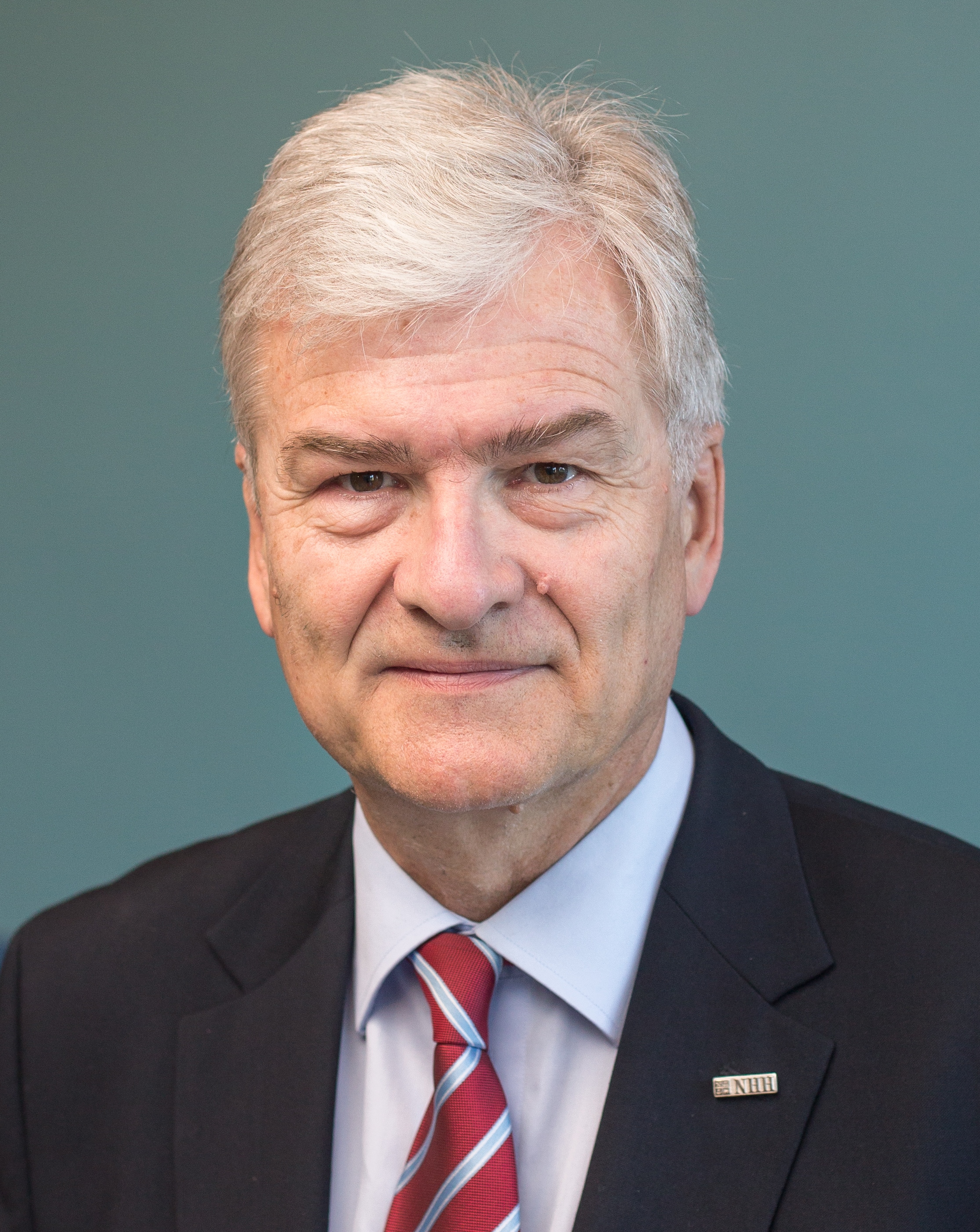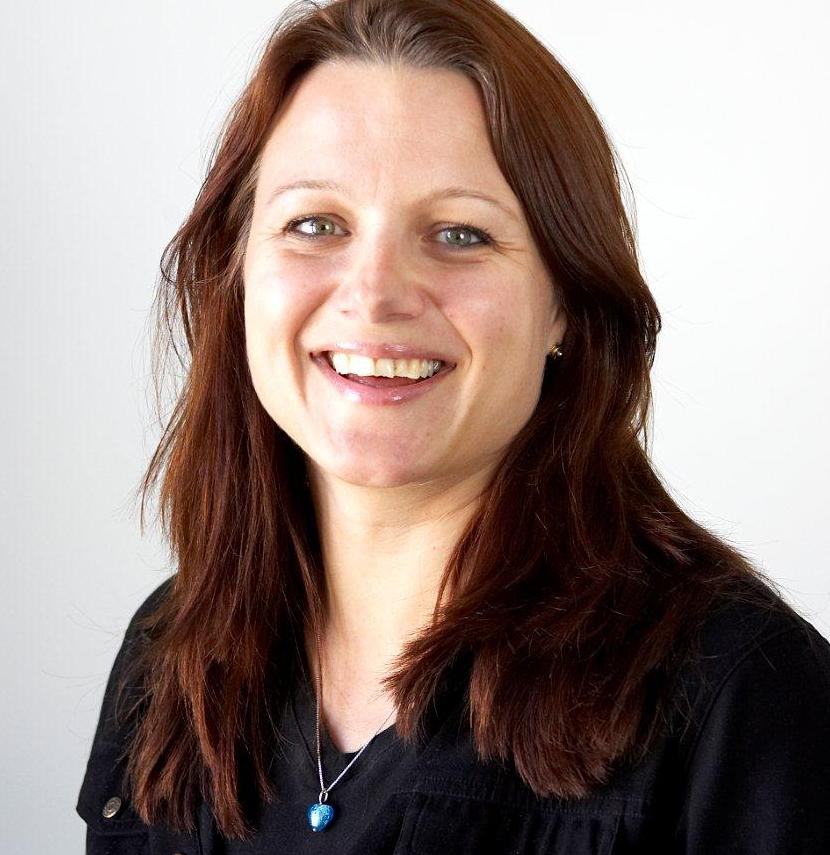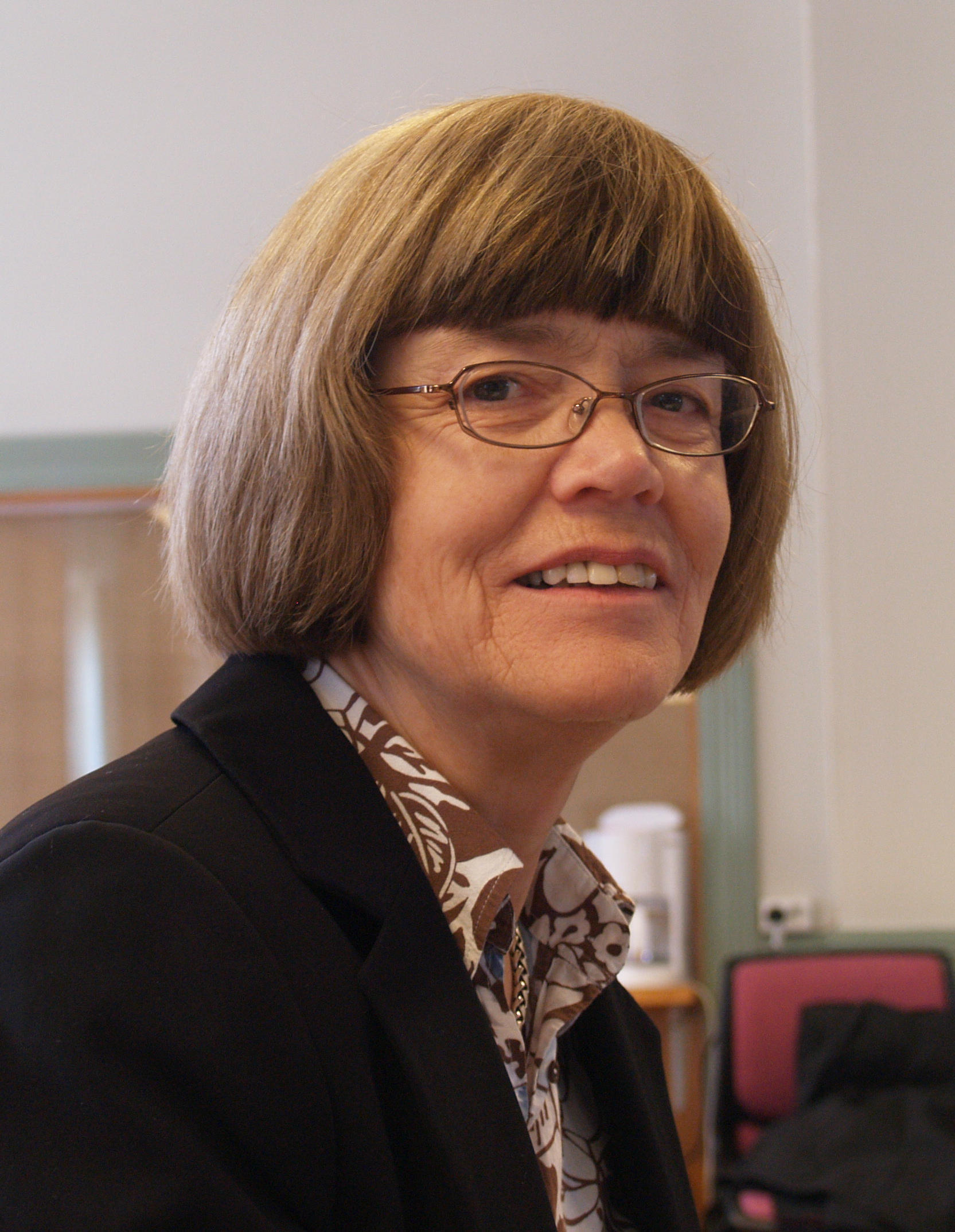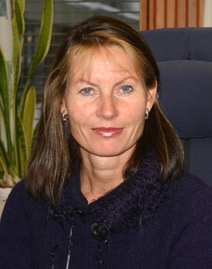An award with many possibilities
What have the millions of kroner from the Ministry’s Gender Equality Award been used for and what are the results? We asked this question of the previous years’ winners.
Almost all of the winners of the Gender Equality Award from the Ministry of Education and Research think that their gender equality measures have improved thanks to the millions of kroner in prize money. The money has been used for everything from headhunting and marketing to a film on sexual harassment. But not all of the winners have decided how they will use the money.
“We saw the prize money and the award as a welcome additional sum of money, but mostly as an acknowledgement of our efforts in the gender equality field,” says Anne Marit Skarsbø, a senior adviser at the University of Bergen.
Networks, courses and grants
The University of Bergen won the award in 2008 together with the Norwegian School of Economics. Each institution received NOK 1 million.
Skarsbø explains that the measures have had a positive impact on the female representation among the academic staff. For instance, a larger percentage of women were promoted to full professorships. The promotions came primarily in the wake of measures such as leadership courses, qualifying grants and incentive schemes that reward academic departments for appointing women to permanent academic positions.
“The award inspired us to continue our efforts. We spend NOK 7–8 million each year on gender equality measures,” emphasizes Skarsbø.
She mentions the establishment and administration of women’s networks in mathematics and natural science as well as in philosophy as especially successful measures – also financed with the prize money.
“We see a positive trend with an increase in female employees and students in physics and mathematics. Some of this can be attributed to the networks,” she says.
Money remains unused
All of the institutions, except for the Norwegian School of Economics, indicate that the award and prize money have given them the opportunity to implement either more numerous or more extensive gender equality measures than they would have been able to otherwise.
Gunnar E. Christensen, Vice Rector of Professional Resources at the Norwegian School of Economics, says that so far the institution has used only a third of the money they won for 2008.
“We have mostly used ordinary budget allocations for gender equality measures based on our action plan, while setting aside the prize money in anticipation of concrete, large-scale initiatives.”

“We have used NOK 125 000 on international recruitment of a female professor. We have also used the prize money and set aside operating funds to support measures that help women to qualify for associate professor and post-doctoral positions, and we have rewarded the academic departments for hiring women,” says Christensen.
“But we could clearly get more out of the prize money, which is why in the course of 2014 we will put new, concrete measures in place for the upcoming years,” promises Christensen.
Grants and start-up packages
The seven educational institutions that won the Gender Equality Award between 2007 and 2012 have divided the money among a number of different gender equality measures. One of the instruments used most often is qualifying grants.
Svandis Benediktsdottir of the Norwegian University of Science and Technology explains that the grants are used, among other things, to cover researchers’ payroll expenses for teaching duties, which gives them more time to publish their own research results. She mentions this as an especially effective measure, followed by courses in how to apply for promotion. Another measure she emphasizes is start-up packages for female researchers in academic departments with less than 25 percent women in permanent academic positions.
“The start-up packages are comprised of funding to launch the careers of female researchers. The funding is used mainly to purchase technical equipment, research assistance and network-building.”
Many of the other winners also say they have had positive experiences with qualifying grants and other types of grants for female researchers:
“We see that many of the women who have received a professorship grant or post-doc funding have increased their qualifications and been promoted to the professor level,” says Bjørg Kristin Selvik, Vice Rector and head of the Gender Equality Committee at Bergen University College.
Girls’ Day
Bergen University College, which won the Gender Equality Award for 2010, has also focused on early recruitment of women to male-dominated subject areas. For several years the college has held a “Girls’ Day” for engineering studies.
“We invite 10th grade girls to a day when they get to meet female engineers and engineering students who talk about what the education and the profession entail – and the requirements for admission to the programme. The event is very popular,” says Selvik.
“It’s too early to say whether the measure has encouraged more of these girls to apply for engineering studies, but in recent years we have seen an increase in the percentage of women in the engineering programme,” she explains.
May directly appoint women
Lena Marie Kjøbli, a senior adviser at the Norwegian University of Life Sciences, says that the university chose to use most of its prize money to directly appoint especially well-qualified women to positions as adjunct professor or associate professor in subject areas with a low percentage of women. Whereas the business sector uses headhunting, academia can use a process in which a candidate is appointed directly without prior advertisement of the vacancy. According to the University and University College Act, this is permitted when special grounds so indicate.

Kjøbli says that six women were appointed directly to adjunct professor positions in subject areas such as natural resource management and international environmental and development studies.
“For us these positions have been crucial for creating role models in subject areas where we have very few or no women, such as in technical and economic fields,” says Kjøbli.
She emphasizes that direct appointment is a relatively expensive measure.
“The Gender Equality Award made it possible to prioritize this,” she states.
Kjøbli says that inspiration for the measure came from UiT The Arctic University of Norway, which previously had a positive experience with direct appointment as a gender equality measure.
Two-time winner
UiT The Arctic University of Norway is the only institution that has won the Gender Equality Award twice, in 2007 and 2011.
In 2011 the leadership of UiT, on recommendation from the Gender Equality Committee, chose to use a large portion of the prize money on two-year appointments of eight women to new adjunct professor positions. These positions were established especially to strengthen gender aspects of research and education,” says Marit Fagerheim, a senior adviser at UiT.
“We received 18 applications from faculties, academic departments and research groups, so it was not difficult to find good candidates. All of the applications concerned specific individuals who were wanted as project partners. In other words, they were specifically sought out and directly appointed,” emphasizes Fagerheim.

“The positions were not required to go to women, but it happened that way in practice.”
Better measures with the prize money
According to Fagerheim, NOK 300 000 of the prize money was used on each position, and NOK 50 000 in operating funds was allocated to each position annually. In addition to the prize money, the measure was funded by NOK 1.2 million from UiT’s own gender equality allocations. Fagerheim notes that it would not have been possible to implement this on such a large scale without the money from the Ministry of Education and Research.
The eight adjunct professorships are in several different academic departments and faculties, and five of the professors were recruited from universities outside of Norway.
“The quality of the measure is enhanced considerably because it has a certain volume to it. The size of the measure makes it possible for the departments to exchange and share experiences amongst themselves to a greater degree,” she points out.
“Hopefully the measure will generate valuable experience that can be shared with others,” she says.
Redistribution of money from gender equality to diversity
Other winners have chosen to use a large portion of the money on financial incentive schemes in which the academic departments are rewarded financially for hiring persons of the under-represented gender in subject areas with poor gender balance. Another variant rewards the graduation of female students in programmes with a low percentage of women.
The Norwegian School of Sport Sciences set aside NOK 350 000 of the prize money for recruiting female students. With approval from the ministry, some of the money was redistributed to recruiting students with a multicultural background.
“The reason for this is that the number of female students in the foundational programmes at the school had risen to 50 percent, while the percentage of minority students remains low,” says Catharina Holm, an adviser at the school.
Film about sexual harassment
The Norwegian School of Sport Sciences also chose to use some of the prize money on creative and artistic gender equality measures, such as two film projects. One of the projects was Kari Fasting’s film on the role of the coach and gender, which addresses the topic of sexual harassment and boundaries of the coach’s role.

“The film is a dramatization of students’ experiences, which are discussed afterwards: Did the coach go too far, did he or she stay within accepted boundaries, and what would you as a student have done in the same situation?” explains Catharina Holm.
Holm points to this film as an example of an especially successful measure. She believes it is positive that the film is a concrete product that can be used both internally by the educational programmes and in other contexts in the long term.
“The topic of sexual harassment is taken directly from practical experience, brought to light and discussed. I have great faith in measures like this film,” says Rector Kari Bø of the Norwegian School of Sport Sciences.
The other film deals with coaching studies and was made to increase the number of female students in the Department of Coaching and Psychology.
“Traditionally this department has had very few female students. The film is now used for marketing the department’s subject areas, especially in exercise, coaching and sports psychology,” says Holm.
“A variety of measures important”
State Secretary Bjørn Haugstad of the Ministry of Education and Research believes it is crucial that gender equality measures are decided on and assessed at the institutional level and not by the ministry.

“I believe it’s important to have a variety of measures and that the various institutions find the measures that work for them,” says Haugstad.
The Ministry’s guideline is that the prize money must be used for “concrete gender equality measures”.
“The award is primarily a recognition of successfully implemented gender equality measures, but we are of course concerned how the prize money is used,” he emphasizes.
“I’ve also heard that it’s a fantastic award to receive. It’s been important for drawing attention to and recognizing effective gender equality measures at universities, university colleges and research institutes. I think the award has helped to raise awareness about and encourage internal gender equality efforts at the institutions and that it has promoted active involvement by the institutional leadership,” says Haugstad.
Regarding whether the award will be continued, the Ministry of Education and Research states that this question will be considered on a year-to-year basis.
Translated by Connie Stultz.
The purpose of the Gender Equality Award from the Ministry of Education and Research is to promote gender equality at universities, university colleges and research institutes. The award, which includes prize money of NOK 2 million, has been presented every year since 2007 to the institution or institutions with the best measures for improving the gender balance. The research institutions nominate themselves for the award.
The following institutions have won the award since it was first announced in 2007:
- The Norwegian University of Science and Technology and the University of Tromsø (now UiT The Arctic University of Norway) (2007)
- The University of Bergen and the Norwegian School of Economics (2008)
- The Norwegian School of Sport Sciences (2009)
- Bergen University College (2010)
- The University of Tromsø (now UiT The Arctic University of Norway) (2011)
- Norwegian University of Life Sciences (2012)
- Simula Research Laboratory (2013)
In April of this year we contacted all of the winners (except for Simula since they recently won the award for 2013), and we asked them how they have used the prize money. The award winners’ measures to improve the gender balance are:
- Qualifying stipends
- Start-up packages
- Incentive schemes
- Direct appointments
- Funding for networks
- Professor and post-doctoral fellowships
- Girls’ Day
- Student recruitment
- Marketing
- Film about sexual harassment
- Promotion seminars
- Leadership courses

